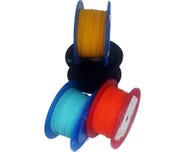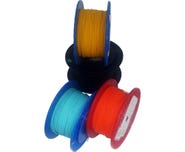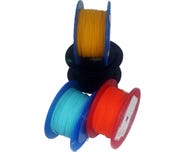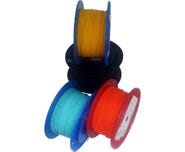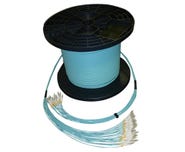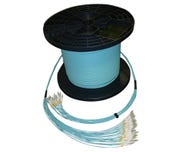

How to determine what you need for your pre-term optical fibre cable
Determining the correct specifications for your pre-term cable is critical to ensure you are installing fit for purpose products, and it’s often more complicated than we think. It’s essential you consider the fibre type, the connectors and obviously the length, but just as important is considering installation conditions and if additional strengthening is required. Is the cable being pulled up a riser shaft or through conduit? What is the expertise of the installer and will they also inspect, clean, test and connect the cable?
To help get the conversation started, we have put together a list of the initial considerations your project manager or system designer will need to work through:
- How many fibres to be connected at each end, A and B. Such as 2, 4, 6?
- The fibre type; Single mode (SM) or multi-mode (MM) and which category of cable. Single mode OS1/OS2 or Multi Mode 1/2/3/4?
- Is this a new project or is fibre already in place for the project – and what are the pre- existing fibre and connectors the new cable will connect to?
- Do you need a loose tube or indoor / outdoor riser type fibre cable; perhaps you require a fire rated cable?
- What connector types do you need at each end? For example, SC, LC, and are these flat or angled? There are other options as well.
- Do the connectors need to be duplex (2 fibres per connector) or simplex (individual connectors)?
- Are the end connectors all required to be the same length or staggered and if so, what stagger length is required?
- Oversleeving the individual fibres to connector ends with protective sheathing is inexpensive but excellent for strength and accidental pulling. It’s strongly recommended.
- Do you require protective netting covering the connectors and a pulling hook or sock to enable simpler pulling up a vertical riser or through conduit?


The options and considerations are many and complex. Make sure you take the best advice, pick the best cable for the job and install with the future in mind. Often cheaper products, options and poor advice can cost more in replacement or repair into the future.
MSS Data Solutions is a major manufacturer and supplier of pre-terminated fibre cables to the telecommunications and enterprise market and we have a team of experts keen to help you with all your pre-terminated cable needs. All MSS Data Solutions’ pre-term cables are tested to AS/NZS3080, ISO 110801 Performance Standards, are ACMA Compliant: N15531 and come with a test report.
Call us today on 1800 328 200 to speak to an expert or view our range of made to order assemblies.
Recent Articles
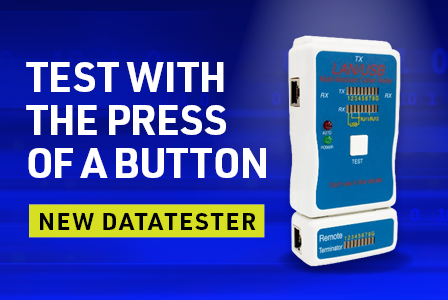
Test Network Cabling & Patch Cords FAST with the New DATATESTER by CABAC
Testing LAN cables is quick and easy when you’ve got the new CABAC DATATESTER on hand. This budget LAN cable tester is perfect for contractors who need to test data and coaxial cable for correct termination.
View Products
Exploring the Advantages of Thin Patch Leads
For Australian data installers, selecting the right network components is critical to achieving the performance and reliability that your customers expect. Among these components, the humble patch lead plays a crucial role in interconnecting various devices.
View Products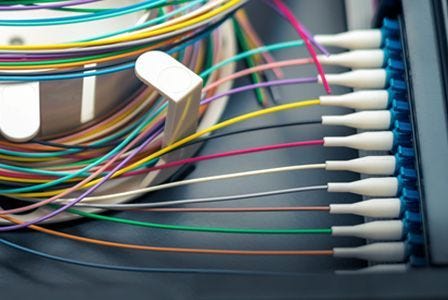
FOBOT Buying Guide
In this informative article, we will provide a basic buying guide for FOBOTs or “Fibre Optic Break Out Trays” so that you can choose the right product for your specific needs.
View Products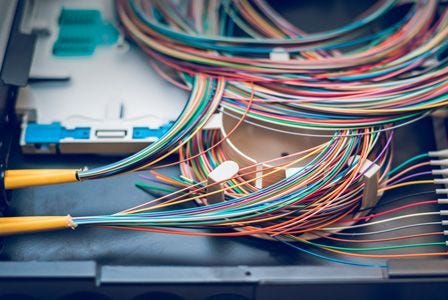
What is a FOBOT?
In this article, we will explain what a FOBOT is and where they are used. We will also describe how a FOBOT works and the important role this component plays in managing and distributing optical fibres efficiently. So, if you're looking to learn all about FOBOTs, make sure to read this article...
View Products
What is the difference between OS1 and OS2 Singlemode Optical Fibre?
This technical article delves into the differences between OS1 and OS2 Singlemode fibre optics, including their core characteristics, performance specifications, and ideal applications.
View Products



